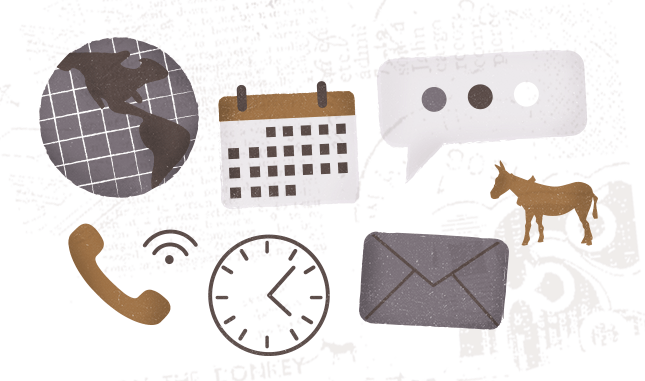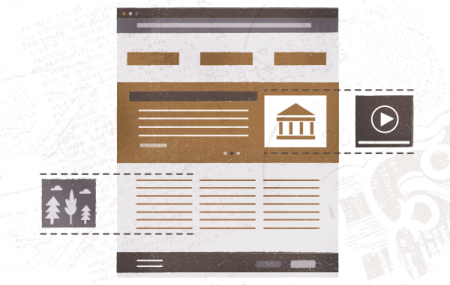How We Communicate Before the Call Drops

If there’s a saying about how to communicate properly before things get bad, we agree with it completely.
We’re a design studio, which means we have a bunch of different people with a bunch of different skill sets coming together in order to function as a team.
It sounds easy enough, but unlike a college-level lacrosse team or a boat’s worth of dance professionals, we work remotely.
This means that we have to work a little harder to ensure that nothing falls off.
It’s Friday at 4:54. We get an email from a client “Hey, Entermotion! Can you help us with this urgent issue today?”
We know that the team is starting to sign off, so we have to think quick.
This goes one of two ways:
1. We can take care of the issue now
2. We can’t take care of the issue now
There’s not really an in between.
When something comes up either in our emails or via phone, we make a decision on how to move forward, but once that decision is made, we have to open our mouths (or, in this case, start typing).
- Our clients will receive an email back that either says, “Hey! Thanks for sending this over. We’ll take care of it right now.”
- Or if it’s too late, we’ll say, “Hey! Thanks for sending this over. Unfortunately, everyone’s stepped out for the weekend, but we’ll make sure we tackle this first thing on Monday morning.”
We know that we can’t always take care of every need immediately. We can’t come over and cut your grass for you.
We can’t reupholster your couch.
We probably can’t convince your sister-in-law to host the holiday event this year. That’s on you.
There are a lot of things we can’t do. And we get that.
But we know what we can do– we can manage our client’s expectations so that, even if we can’t get a project done today, everyone knows when we can get it done.
We know that this isn’t a revolutionary idea, and heck, it’s not even a new idea, but it is one of the most important ideas that we carry with us. If we can encourage our clients to effectively communicate their needs and if we can properly communicate our workflow, we’ll be good.

